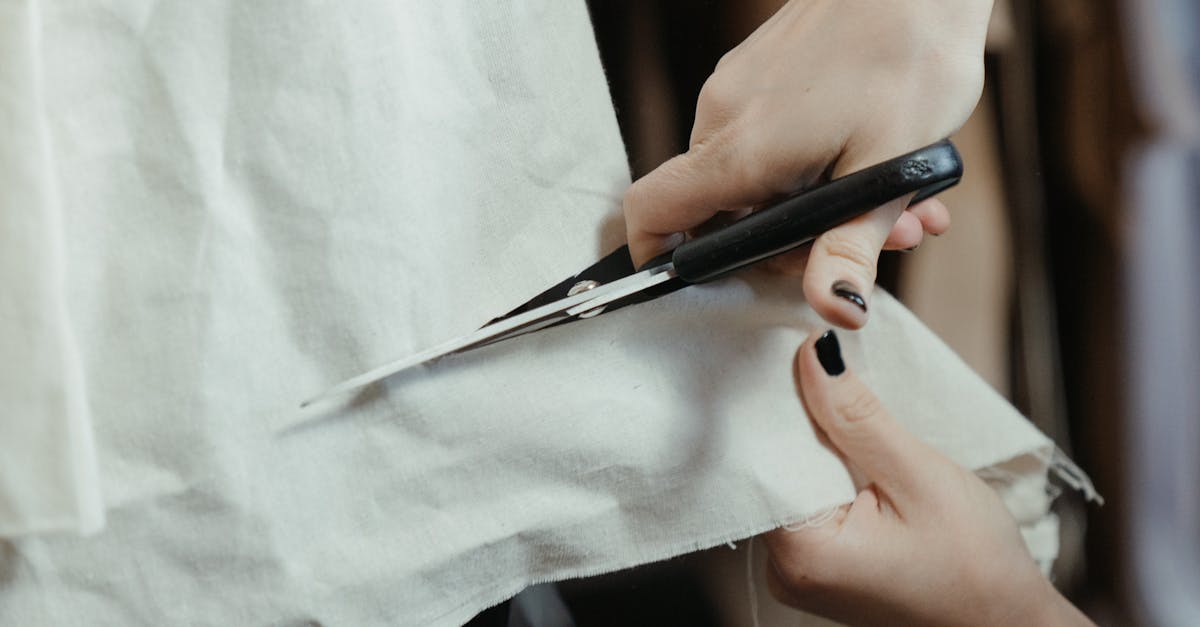Common Issues and Troubleshooting for Self-leveling Sewer CamerasWhen selecting a self-leveling sewer camera, it is crucial to carefully evaluate the battery capacity and rechargeable options available. The efficiency and longevity of the battery play a significant role in the seamless operation of the camera during inspections. A high-capacity battery ensures extended usage without frequent recharging, which is essential for completing thorough sewer assessments without interruptions.
In addition to battery capacity, it is essential to consider the rechargeable options provided with the sewer camera. Opting for cameras with fast-charging capabilities can save time and increase productivity on the job site. Reliable rechargeable options ensure that the camera is always ready for use, minimizing downtime and allowing for efficient completion of sewer inspections. Examining the DVR and Recording Capabilities of Sewer Cameras When assessing sewer cameras for purchase, it is crucial to thoroughly examine the DVR and recording capabilities to ensure optimal performance during sewer inspections. The DVR function is essential as it allows for real-time viewing of sewer conditions, enabling users to identify blockages, leaks, or structural issues promptly. Therefore, selecting a sewer camera with a high-quality DVR system is fundamental in enhancing the efficiency and accuracy of sewer inspections.
How important is battery life when choosing a self-leveling sewer camera?
Table Of ContentsBattery life is crucial in sewer camera operations as it determines the duration of usage. Assess the battery capacity and rechargeable options to ensure uninterrupted inspections.
Dealing with Selfleveling Sewer Camera Waterproofing Concerns
Waterproofing is a critical aspect to consider when using self-leveling sewer cameras to ensure their longevity and performance. Moisture infiltration can lead to corrosion of internal components and ultimately affect the camera's functionality. To address waterproofing concerns, it is essential to regularly inspect the camera housing for any signs of damage or wear. This includes checking seals, O-rings, and connections to ensure they are intact and properly sealed to prevent water ingress.
Additionally, when operating self-leveling sewer cameras in wet environments or submerged conditions, it is advisable to invest in additional waterproofing measures such as protective casing or covers. These extra precautions can provide an added layer of protection against water intrusion and help maintain the camera's effectiveness in varied working conditions. By prioritizing waterproofing maintenance and taking proactive steps to safeguard the camera from moisture exposure, users can enhance the reliability and durability of their self-leveling sewer camera equipment.
Water Damage to Camera Components
Water damage to sewer camera components is a common issue that can lead to expensive repairs and downtime for equipment. The delicate nature of camera components makes them susceptible to water infiltration, which can compromise their functionality and lifespan. It is crucial to address water damage promptly to prevent further deterioration of the camera and ensure accurate inspections of sewer lines.
If your self-leveling sewer camera is having waterproofing concerns, it is important to check the seals and connections for any damage or wear. You may need to replace the seals or use waterproofing solutions to ensure the camera remains protected.
How can I prevent water damage to the components of my self-leveling sewer camera?
To prevent water damage to the components of your self-leveling sewer camera, make sure to properly seal all connections, store the camera in a dry and secure location when not in use, and regularly inspect for any signs of water intrusion.
What can cause breakages in the cable of a self-leveling sewer camera?
Breakages in the cable of a self-leveling sewer camera can be caused by excessive bending, pulling, or twisting of the cable. It is important to handle the cable with care and avoid putting it under strain to prevent breakages.
How can I address cable wear and tear in my self-leveling sewer camera?
To address cable wear and tear in your self-leveling sewer camera, regularly inspect the cable for any signs of damage such as fraying or kinks. Replace the cable if necessary to prevent further issues during operation.
What should I do if the motorized head of my self-leveling sewer camera is not rotating properly?
If the motorized head of your self-leveling sewer camera is not rotating properly, check the connections and power source to ensure everything is functioning correctly. If the issue persists, you may need to service or replace the motorized head to restore proper functionality.
Related Links
Understanding the Technology Behind Self-leveling Sewer CamerasApplications of Self-leveling Sewer Cameras
Upgrading to Self-leveling Sewer Cameras
Best Practices for Operating Self-leveling Sewer Cameras
Choosing the Right Self-leveling Sewer Camera